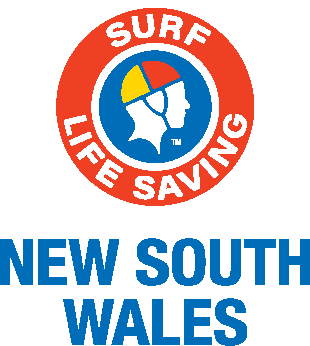Welcome to the Emergency Response section of the website.
In this section you will find:
- Emergency Callout Teams / Surf Emergency Response System
- Rescue Services
- Emergency Management
Emergency Callout Teams / Surf Emergency Response System
The SLS Surf Emergency Response System was introduced in January 2008 to give Emergency Services (primarily NSW Police) a single point of contact to advise SLS of incidents along the NSW coastline. This system enables the on-duty State Duty Officer to be contacted 24/7.
Club/Service Equipment Preparedness
Clubs and services should ensure that core items of emergency response equipment are set up and ready to respond 24/7, including;
- IRB (fully set up with full tank of fuel)
- ATV
- Radios
- Oxygen equipment
- Defibrillator
- Rescue tubes
- Rescue Boards
Club/Service Call-Out Team
Each club/service should also identify and form a team of qualified members who may be available to respond (if available) to incidents at their beach (and surrounding areas) outside of patrol hours and/or in support of an on-duty patrol. This team should be made up of appropriately experienced and qualified personnel who are versed in the relevant SLSNSW procedures and any/all branch/club specific plans/procedures. Clubs are to have a minimum of 6 members on their call out team; most clubs have between 10 and 20 members.
Rescue Services
Surf Life Saving Rescue Services consist of Offshore Rescue Boats (ORBs), Jet Rescue Boats (JRBs), Rescue Water Craft (RWC), Duty Officers and SurfCom. Rescue Services are designed to enable multiple high-risk areas to be patrolled without the overhead costs of establishing a new Surf Life Saving Club, additionally they assist Clubs in patrolling their beach during dangerous surf conditions and peak times.
All Rescue Services members complete regular patrols for their club during the season and must be an endorsed member to complete patrol with the various Rescue Services groups. To enquire about joining a Rescue Service, contact your Club Captain or Branch Director of Lifesaving for more information.
The locations of Rescue Services are determined through a risk analysis process to ensure that resources are appropriately placed along the NSW coastline. The ongoing Rescue Services Review has aimed to strengthen this process as Surf Life Saving continues to grow.
Emergency Management
Emergency Management is an extremely important factor or Surf life Saving. Surf Life Saving NSW sits on a number of committees such as Local and Regional Emergency Management Committees, Local and Regional Recuse Committees and Marine Advisory Sub Committees. These committees have certain plans put in place to cope with emergencies which are robust, effective and flexible enough to deal with the range of emergencies experienced in New South Wales.
The Surf Life Saving representatives join together with other agencies including the Rural Fire Service, Marine Rescue, State Emergency Service, Police, Ambulance etc. Meetings are usually held every four months, giving agencies time to work together on issues such as recruitment, operational coordination, and community engagement if an emergency was to occur. Surf Life Saving is also involved in Search and Rescue Training Exercises (SAREX). These exercises are coordinated by NSW Water Police with assistance of presenters from RAN, NSW Ambulance, and NSW Surf lifesavers.
Emergency Response Beacons
Emergency response beacons are being placed at various “Blackspot Locations” along the NSW coast. The Units provide fast communication to the SLSNSW State Operations Centre in an Emergency.
They are fully autonomous and give real time situational awareness to the State Operations Centre so appropriate assets can be activated. Please contact lifesaving@surflifesaving.com.au for more information, if required.



